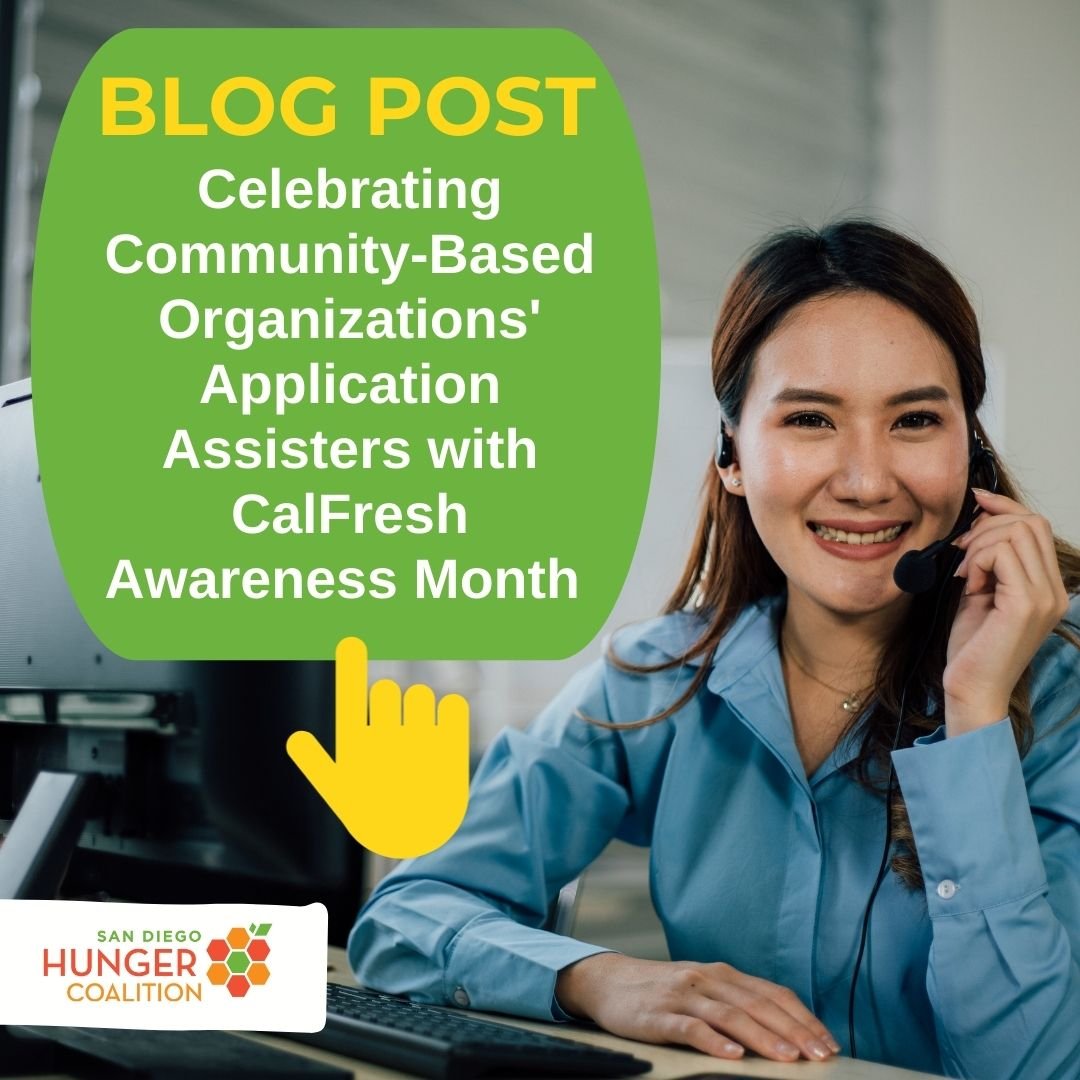EBT Theft – Replacement of Stolen CalFresh
/By Shelly Dieu & Anae Evangelista
EBT theft costs California more than $10 million dollars a month in 2023. Amid the rampant EBT theft, many community members receiving CalFresh have been victims to EBT fraud and tactics resulting in stolen benefits.
From the federal side, the passage of the Consolidated Appropriations Act in 2022 has set the stage for federal reimbursement of stolen benefits. The Federal Nutrition Service has approved the California Department of Social Services (CDSS) plan for a two-month reimbursement of stolen benefits.
If you or someone you know have gotten CalFresh benefits stolen, continue reading to find out more about the replacement process. Several changes to the EBT Theft replacement policy have gone into effect starting December 1st.
Normally, CalFresh recipients who experience EBT Theft must file the EBT 2259 form within 90 calendar days from the date of theft in order to receive replacement benefits. However, CalFresh recipients who were victims of EBT theft between Oct. 1st of 2022 to November 30th of 2023 will now be allowed to receive retroactive replacement benefits, for up to 2 months worth of benefits. They must file an EBT 2259 form with your county to request the replacement benefits. This is great news, however, the time to call for retroactive replacement is short. CalFresh recipients who were victims of fraud only have until February 29, 2024 to call the county at: (866) 262-9881.
CalFresh recipients will qualify for retroactive replacement benefits for past cases of EBT Theft if:
They were previously denied replacement for not meeting the reporting requirements.
They never filed an EBT 2259 form for the EBT theft issue.
They received only 1 months worth of replacement benefits. Families can now receive benefits for up to 2 months worth of benefits.
The EBT 2259 form can be submitted by calling the county to report the claim or by going in person to a county family resource center or by uploading the form to LaterDocs or BenefitsCal. We also have our great network of community based application assisters to help navigate through this process: https://www.sandiegohungercoalition.org/getcalfresh.
Please keep in mind that CalFresh households may only receive up to two instances of replacement benefits. These claims can be filed until February 29th, 2024.
How can families protect themselves from EBT Theft?
In order to protect themselves from electronic theft in the future, CalFresh recipients should:
Frequently check on their transaction history and balance for unauthorized charges. CalFresh recipients can do so by:
-Logging into BenefitsCal
-Calling (877)328-9677
-checking their balance at the bottom of receipts
Never give out their card number and pin
-Do not answer texts or emails requesting this information
-Do not give it out over the phone
-Cover the keypad during in-person transactions
Double check for a skimming overlay or suspicious attachments on card reading machines
If a CalFresh recipient notices any unauthorized charges on their account, their pin should be changed immediately to prevent further loss. You can do so by calling the number on the back of their EBT card.
If you or anyone you know has any issues requesting EBT Theft replacement benefits, please email calfresh@sdhunger.org.
By Shelly Dieu (she/her), CalFresh Program Manager & Anae Evangelista (she/her), CalFresh Program Coordinator.

















